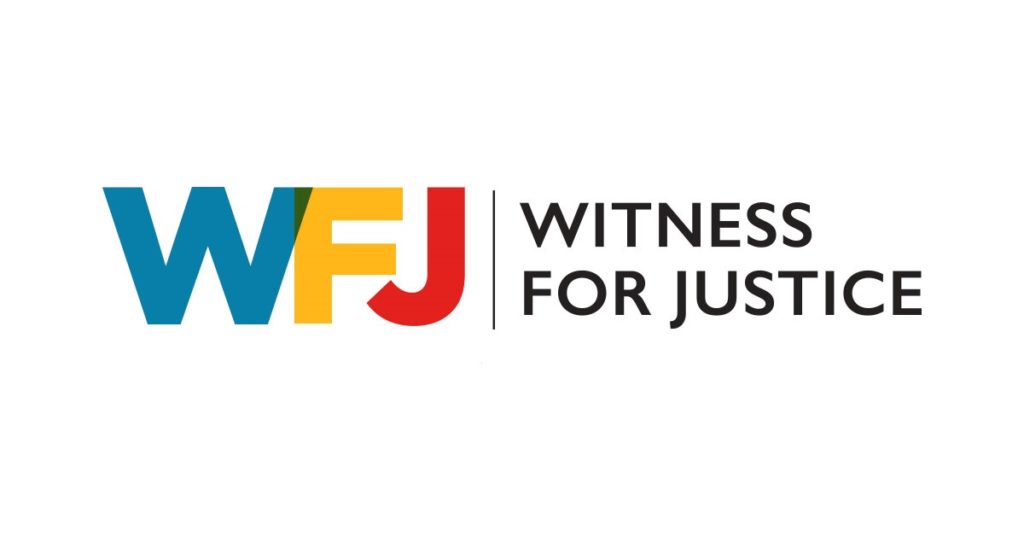Commentary: Human Problems, Human Solutions
 In 1938, Stanford graduate student in statistics George Dantzig arrived late for class. Finding two problems written on the blackboard, George wrote them down, assuming they were a homework assignment. They were, in fact, legendary math problems that some considered unsolvable. Several days later Dantzig turned his “homework” in with an apology for being late, stating that “it was a little harder than usual.” To his shock, the professor recognized that Dantzig had, in fact, discovered solutions.
In 1938, Stanford graduate student in statistics George Dantzig arrived late for class. Finding two problems written on the blackboard, George wrote them down, assuming they were a homework assignment. They were, in fact, legendary math problems that some considered unsolvable. Several days later Dantzig turned his “homework” in with an apology for being late, stating that “it was a little harder than usual.” To his shock, the professor recognized that Dantzig had, in fact, discovered solutions.
There are many human injustices and conflicts in the world that defy solution. The conflict in Colombia, for example, has lasted for over five decades. In the process, more than 220,000 lives have been lost and seven million have been registered with the government’s Victim’s Unit. The great majority of registered victims have been internally displaced by the violence, but large numbers have also been kidnapped, injured by landmines or forcibly disappeared. The conflict in Colombia has long been seen as one of the world’s most intractable problems. Recently, however, major progress was made toward a durable and peaceful solution.
In September, the Colombian government and the rebel group FARC reached agreement on issues of transitional justice in order to address the legacy of massive human rights abuses. Under the agreement many combatants will receive amnesty, while those who committed serious abuses will be subject to punishment. The agreement is not without controversy and there are many details to be worked out, but there is a broad sense that the major stumbling block to a final peace accord has been overcome.
Violence and injustice don’t result from unavoidable natural disasters like earthquakes or volcanic eruptions; the conflict in Colombia was not caused by an asteroid strike. Violence and injustice result from human actions. Accordingly, it is within the human capacity to find solutions that lead to peace and justice.
A pervasive sense of hopelessness in the face of social crises frequently results in inaction. It is often assumed, for example, that poverty is endemic to the human situation; the result of economic “laws” and not of humanly constructed economic structures and systems. Accordingly, we largely give ourselves a pass on addressing root causes; poverty is seen as an insoluble problem. A result is that, in the United States, over 20% of our children live below the poverty line.
Globally, over the last 4 ½ years the conflict in Syria has cost more than 230,000 lives and displaced fully half of the population. While it is widely agreed that there is no military solution, the spigot of arms to belligerent groups is not being turned off. To the contrary, nations including the U.S., Turkey, Iran, Russia and France are either supplying weapons or engaging in direct military action. Political will for a diplomatic solution is sorely lacking.
While solutions to bedeviling social and political problems cannot be found through the use of numerical calculations like math problems, they are not unattainable. Because violence and injustice are caused by human decisions and actions, human solutions are possible. Progress is being made in Colombia, and it can be made elsewhere.
James Moos is a National Officer of the United Church of Christ.
View this and other columns on the UCC’s Witness for Justice page.
Donate to support Witness for Justice through the Neighbors in Need offering.
Click here to download the bulletin insert.
Related News
Land, Artifacts, and Ancestors Back
Imagine one of your great grandparents toiled over a hand-written, illustrated copy of the...
Read MoreCourage Is Contagious
“But if anyone strikes you on the right cheek, turn the other also…” (Matthew...
Read MoreImmigration Agents Are Terrorizing Our Cities—Faith Communities Are Pushing Back
As I gathered with faith leaders alongside Clergy Laity United for Economic Justice at a rally...
Read More
